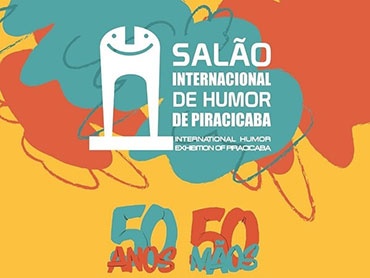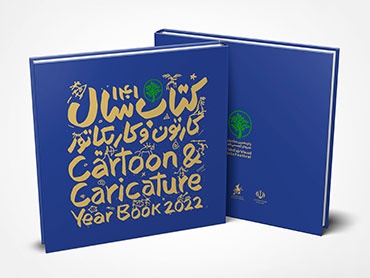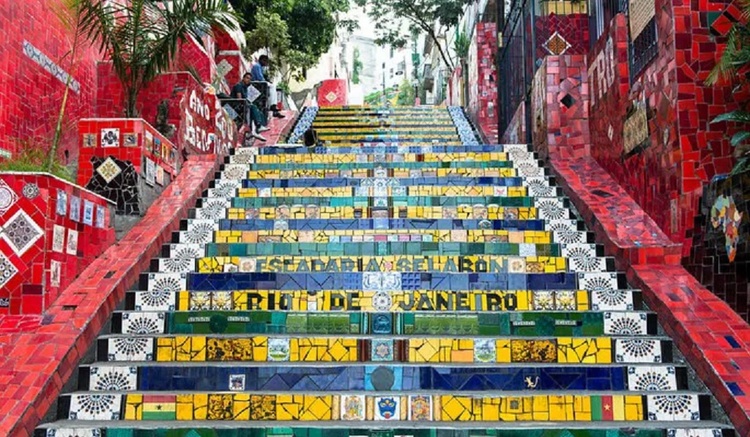
Brazil: The Creative Power of Urban Art
Urban art in Brazil has established itself as one of the most influential cultural movements in Latin America. Large urban centers, such as São Paulo and Rio de Janeiro, function as true open-air galleries, where graffiti interacts with everyday life. Starting in the 1980s, artists began to occupy walls to express social concerns, political critiques, and reflections on identity.
Over time, Brazilian graffiti developed a unique style, marked by intense colors, stylized characters, and a strong connection to peripheral culture. Vila Madalena, in São Paulo, has become a laboratory for artistic experimentation, where works change frequently and reflect the social dynamics of the city.
In recent years, public and private initiatives have begun to value graffiti as cultural heritage, promoting festivals, tourist routes, and community art programs. Thus, the street ceases to be merely an urban backdrop and transforms into a space for plural and democratic expression.
Latamarte

- November 19, 2025
Gallery of Illustration by Jose Elgueta – Chile
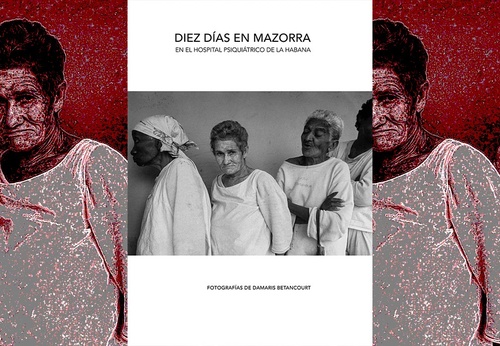
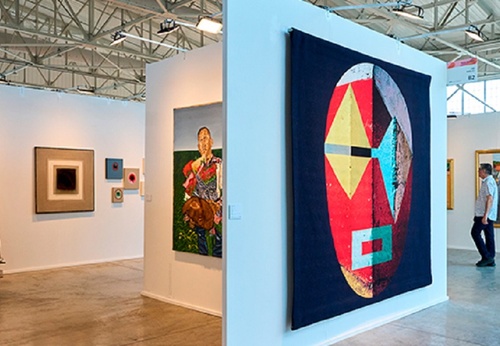

- November 19, 2025
Colombia: Muralism as a Social Voice and Historical Reconstruction

- November 19, 2025
Brazil: The Creative Power of Urban Art

- November 19, 2025
Watercolor Paintings: Smithsonian Art Museum by William Miller

- November 19, 2025
Catriel Martinez - Argentina

- November 18, 2025
Art Deco

- November 18, 2025
Silenced World

- November 19, 2025
Colombia: Muralism as a Social Voice an…

- November 19, 2025
Brazil: The Creative Power of Urban Art

- November 18, 2025
Visual Arts: History, Languages, and Cu…

- November 18, 2025
Indigenous Art: Characteristics and Typ…

- November 17, 2025
What are the types of AI?

- November 16, 2025
The Importance of Aesthetic Experience …

- November 16, 2025
Art as a Mirror of Culture: Between Tra…

- November 15, 2025
The Influence of Artificial Intelligenc…

- November 15, 2025
The Evolution of Digital Art in the 21s…

- November 13, 2025
Urban Art in Latin America: A Visual Re…

- November 13, 2025
Urban Art in Latin America

- November 12, 2025
The Art of Photography: Capturing the E…

- November 11, 2025
The Power of Visual Arts

- November 09, 2025
Contemporary Art and Its Diverse Forms …

- November 08, 2025
Graffiti: From the Street to the Galler…

- November 08, 2025
Street Art in Latin America

- November 05, 2025
Art as Bridges: Creativity and Identity…

- November 04, 2025
Mexican Painters Who Left Their Mark on…

- November 03, 2025
Art and Identity in Latin America

- November 02, 2025
The horror and hope of Gaza's children …

- August 29, 2023
The history of Bolivian art

- February 19, 2024
Analysis and meaning of Van Gogh's Star…

- January 28, 2024
Culture and Art in Argentina

- September 25, 2023
What is the importance of art in human …

- September 23, 2023
What is paint?

- August 10, 2023
14 questions and answers about the art …

- August 23, 2023
The 11 types of art and their meanings

- August 30, 2023
First artistic manifestations

- September 23, 2023
Painting characteristics

- January 12, 2024
10 most beautiful statues and sculpture…

- September 23, 2023
History of painting

- March 26, 2024
The importance of technology in art1

- March 26, 2024
Cultural identity and its impact on art…

- April 06, 2024
History of visual arts in Ecuador

- April 02, 2024
History visual arts in Brazil

- August 16, 2023
The 15 greatest painters in art history

- October 18, 2023
History of sculpture

- August 13, 2023
9 Latino painters and their great contr…

- August 27, 2023
The history of art Mexico

- January 31, 2024
Examples of Street Art – Urban Art

- February 19, 2024
Analysis and meaning of Van Gogh's Star…

- August 13, 2023
9 Latino painters and their great contr…

- August 23, 2023
The 11 types of art and their meanings

- August 10, 2023
14 questions and answers about the art …

- August 29, 2023
The history of Bolivian art

- August 27, 2023
15 main works of Van Gogh

- January 28, 2024
Culture and Art in Argentina

- November 06, 2023
5 Latin American artists and their works

- September 23, 2023
Painting characteristics

- September 23, 2023
What is paint?

- September 25, 2023
What is the importance of art in human …

- August 30, 2023
First artistic manifestations

- March 26, 2024
Cultural identity and its impact on art…

- December 18, 2023
10 iconic works by Oscar Niemeyer, geni…

- January 20, 2024
What is the relationship between art an…

- January 12, 2024
10 most beautiful statues and sculpture…

- October 30, 2023
Characteristics of Contemporary Art

- August 24, 2023
The most famous image of Ernesto "Che" …

- August 22, 2023
What are Plastic Arts?

- May 26, 2024

